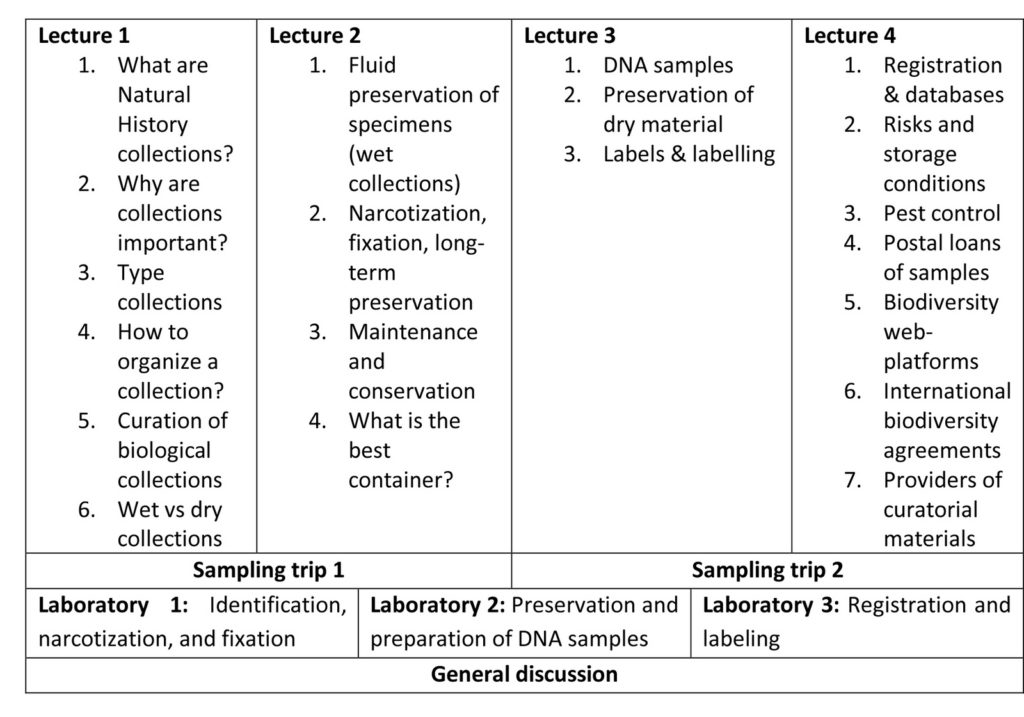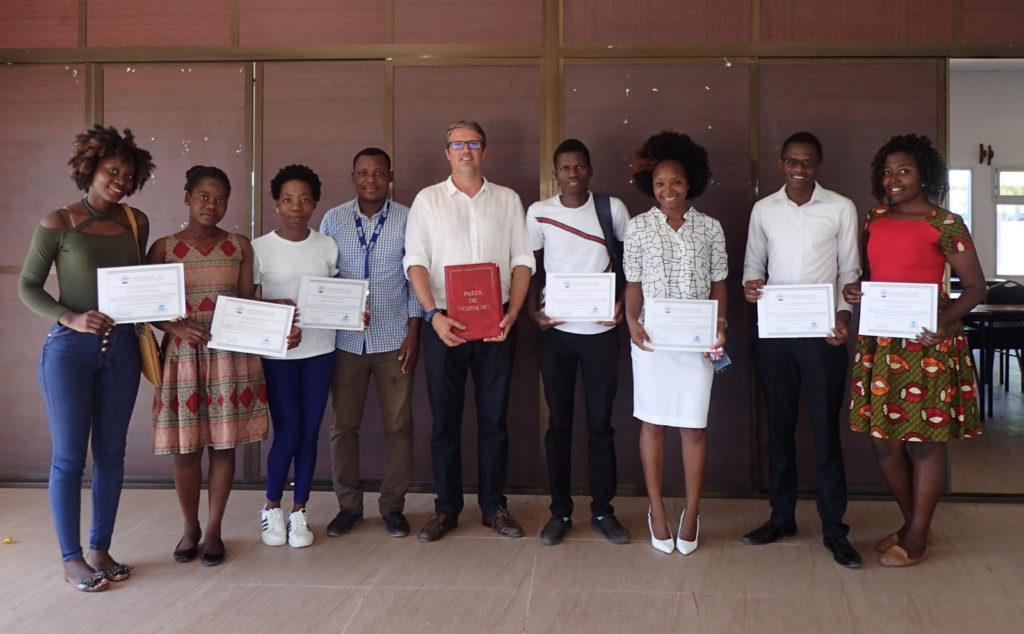Manuel shares his recent experience of teaching at University Lurio in Mozambique
My collaboration with the University Lurio (UniLurio) in northern Mozambique started back in 2015 when together we organized a fieldtrip to Vamizi island in the Quirimbas archipelago off the northern coast of Mozambique.
Since then, I had the opportunity to participate in several academic activities; I lectured, have reviewed and evaluated theses for the “licenciatura” degree, and most rewarding I have supervised two master students (2015/17) that are now professors at UniLurio. In 2017 I had the pleasure to integrate a mission organized by the Norwegian Embassy in Mozambique to establish a collaborative programme between UniLurio and Norway and later in the same year I was awarded a “Visiting Scholarship” by the International Council for Science, Scientific Committee on Oceanic Research (SCOR) to teach a course about biological collections at UniLurio.
The tropical location of Mozambique in the Indian Ocean results in an impressively rich biological diversity which is nevertheless extremely vulnerable to climate change and warming of ocean waters.
Therefore, better knowledge of biodiversity and long-term preservation of biological collections are important tools to better understand shifts in faunal and flora composition and the arrival of new species supporting the definition of mitigation and conservation strategies.
The University Lurio has a “Collections Room” with specimens representing the local fauna and flora with marine invertebrates, reptiles, fish, vascular plants, etc., and has a special focus on the study of biodiversity, but simultaneously acknowledges the need to reinforce its infrastructure and build up capacities to develop and manage its collections.
This was the framework that led us to decide to organize the course and apply together for funding with SCOR. Later in 2017 the good news arrived, the funding was approved, and so, suddenly I had an entire new course to put together!
All my entire career from the time I undertook my “licenciatura” thesis back in 1994 all the way up to my PhD, postdocs, until the moment I got my first permanent job (the one I still hold) has been always inside natural history museums (Europe, US, Australia, etc.) and consequently working with biological collections has become part of my daily routines for quite a while! And yes, during these more than 20 years I have seen quite a bit and learn a few things, but suddenly for the first time I had to put together this knowledge in a way that it could be presented and shared with others. It turned out to be quite a challenge…, but definitely a rewarding one!
At UniLurio the course was attended by 15 participants (8 students and 7 professors / technical staff). It was organized in four lectures (2h each), two sampling trips (ca. 4h each) to the tidal zone to collect marine invertebrates (molluscs, echinoderms, crustaceans, etc.), and three laboratory sessions (4h each) to identify the samples and go through all the necessary curatorial steps to ensure proper preservation for long-term storage of the collection (relaxation, fixation, preservation, DNA samples, registration, labeling).
- Collecting marine invertebrates
- Sorting the catch in the laboratory
- Identifying the samples
- Students organizing the collection of new samples
All sample lots generated by the students throughout the course were registered in the UniLurio databasing system following DarwinCore standards and at the end integrated in the biological collections.
We finished the course with a very participated open session where it was discussed how could the new acquired competences benefit the development of the local infrastructure bearing in mind the local reality and constrains. A very interesting exercise confronting ideal scenarios with sometimes the harsh and challenging reality of a country with limited infrastructure capacities and in economical strain. At last we had a simple but cozy ceremony attended by the Director of the Faculty of Natural Sciences, UniLurio where certificates of attendance of the course were handed over to the students.

The course was sponsored by the International Council for Science, Scientific Committee on Oceanic Research (SCOR), the University Lurio, Mozambique and the University of Bergen, Norway
-Manuel











